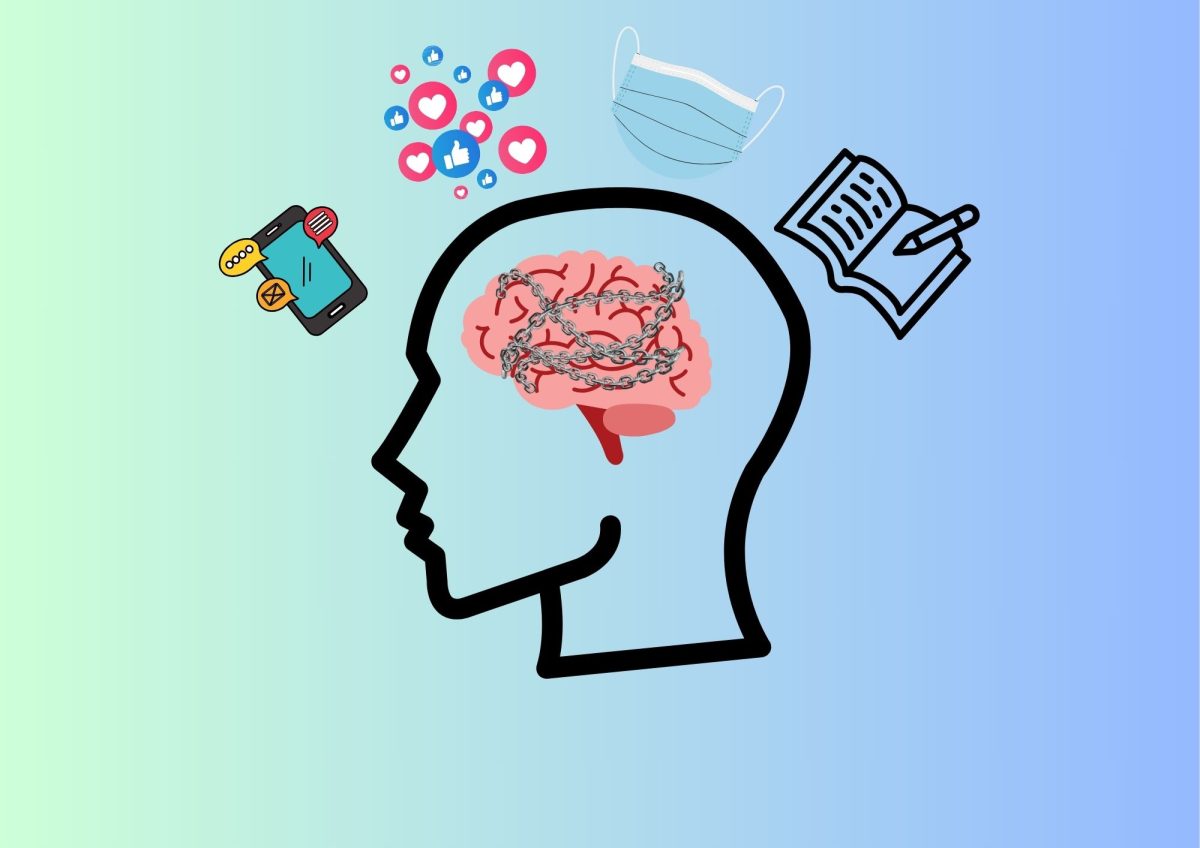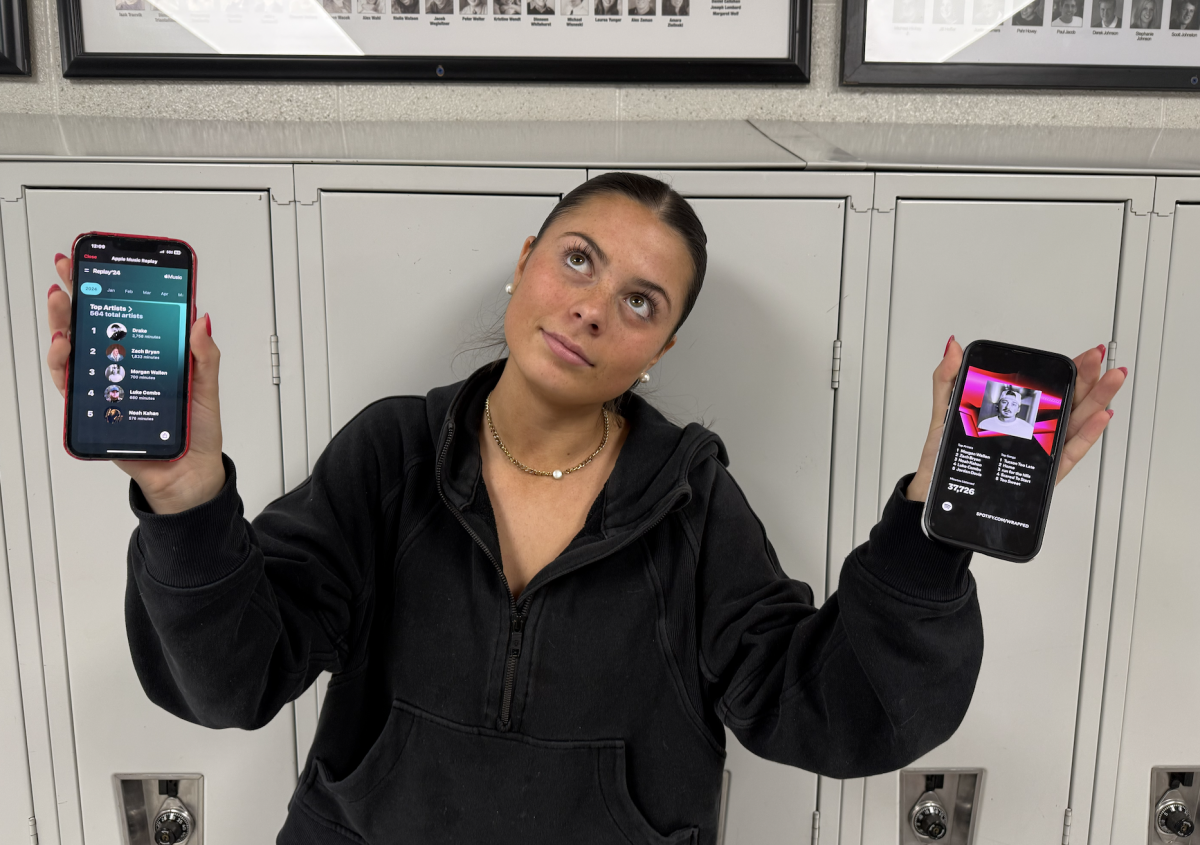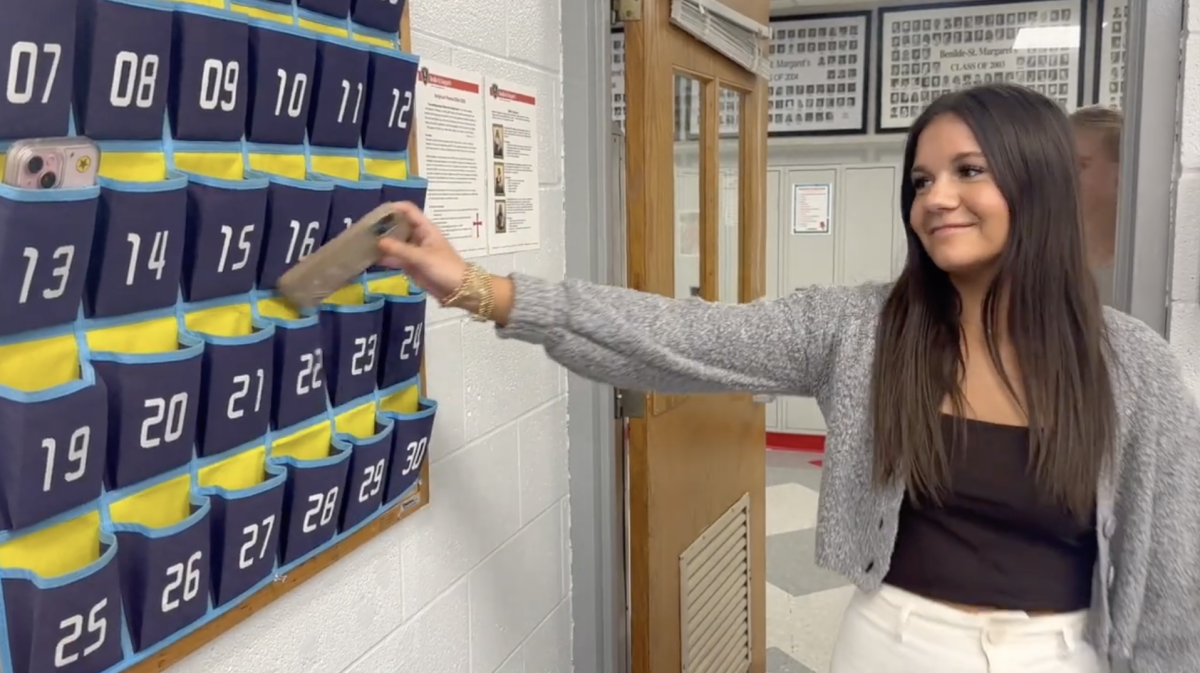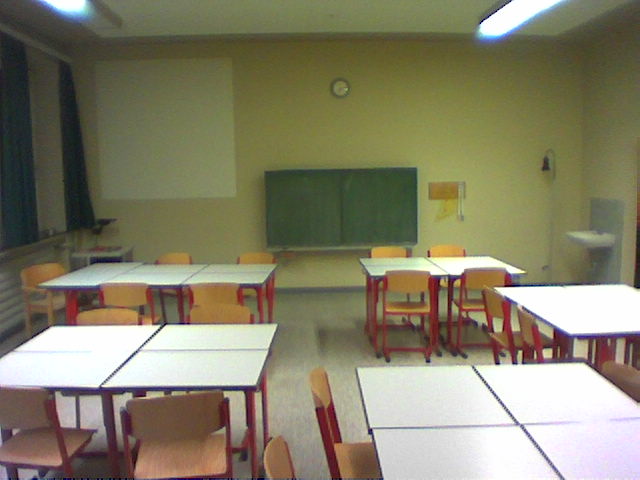There are notable differences between education in Minnesota and South Korea
The Asian education system produces machines and the American education system produces the inventors.
Students from China, Japan, and South Korea outperform their peers in test scores and academic grades. Their success in school, however, isn’t particularly portrayed in the society; according to DiversityInc there are only nine Asians among Fortune 500 CEOs. While they dominate the educational field in numbers, they are not the innovative thinkers that are considered the game-changers of the world. There’s a definite correlation between education and success——the two richest men Bill Gates attended Harvard and Jeff Bezos attended Princeton. However, it’s the way of education that doesn’t translate to the academic success. The Asian education system produces machines that can perform fast and accurate. Meanwhile, the American education system produces the inventors——individuals who can manufacture new ideas and lead the progress of our society.
My friends in Korea live a completely different lifestyle. They spend 14 hours a day studying and they are in school on the weekends. They only have 2 weeks of summer break. So are they really becoming better students? No. Their curriculums pack their brains with information, but not with the skills necessary for success. They are not taught to be thinkers or to be a person with character.
Asian students lose the power to think; they are not taught to apply their knowledge. Learning should come in multiple dimensions. Through research, debates, and projects, students attain comprehensive knowledge on subjects. American schools offer that interactive learning experience. Group projects let you discover different topics in-depth and develop you as a teamplayer. Research projects offer investigative studies and make you a critical-thinker.
Discussions train you to form and express your opinion as well as to be a public speaker. These lessons not only teach you about the subjects but enhance your ability as a student. With all the pieces puzzled together, students become insightful and well-rounded. Asian classrooms are the opposite. Learning comes in a unified way: memorization. All the lessons are meant to be memorized for tests rather than to be learned.
Let’s say math for example. Normally, American teachers will show you how the equations work and why you use them. In Asia, however, they will only show you what types of problems you use the equations for and where to insert the numbers. Consequently, when met with a new problem, Asian students will commonly struggle to solve them while American students can apply multiple equations suitable for the problem. There definitely are advantages to memorization. You can learn the materials much quicker and you can answer questions more accurately. But, what good does it do if you can’t apply them to a real life situation? Because of the way lessons are taught, Asian students score highly on tests but they can’t showcase their knowledge in the society.
Asian students lose character. In Asia, students’ role is so articulately defined: to get good grades and get into a good college. It’s a reasonable expectation but because academics are excessively emphasized, all other talents are depreciated; you can’t be a student-athlete or a student-musician because if you fall behind in school, you will lose your value in the society. Literally, grades define who you are. Not only do they rank students, they are given quality grades like a piece of meat. In such a such setting where you can only be defined by your grades, kids can’t choose to pursue their dream in music, art, or sports. Overall, talents in other fields are wasted and overshadowed by the cultural emphasis. A successful community roots from diversity in character, talent, and culture. These Asian countries have succeeded in producing the best doctors, engineers, and lawyers but they’ve been significantly behind Europe and America in producing the best movie directors, the best composers, and the best musicians. Students behave like uniform machines completing the same assignments and taking the same tests for a unified goal. By killing characters of students, these countries are missing out on letting their talents flourish.
There needs to be a reform. Asian students study longer hours and take more rigorous courses. Asian students sacrifice their interests and hobbies to be successful. But because the education system is so flawed, their accomplishments are not portrayed in the world. It takes more than good grades to be a game-changer. It takes more than a selective college brand to make a difference. Asian education should be reformed in a way where talent in all areas are valued, creativity is emphasized, and reformed in a way they are not producing machines but rather producing inventors.











































